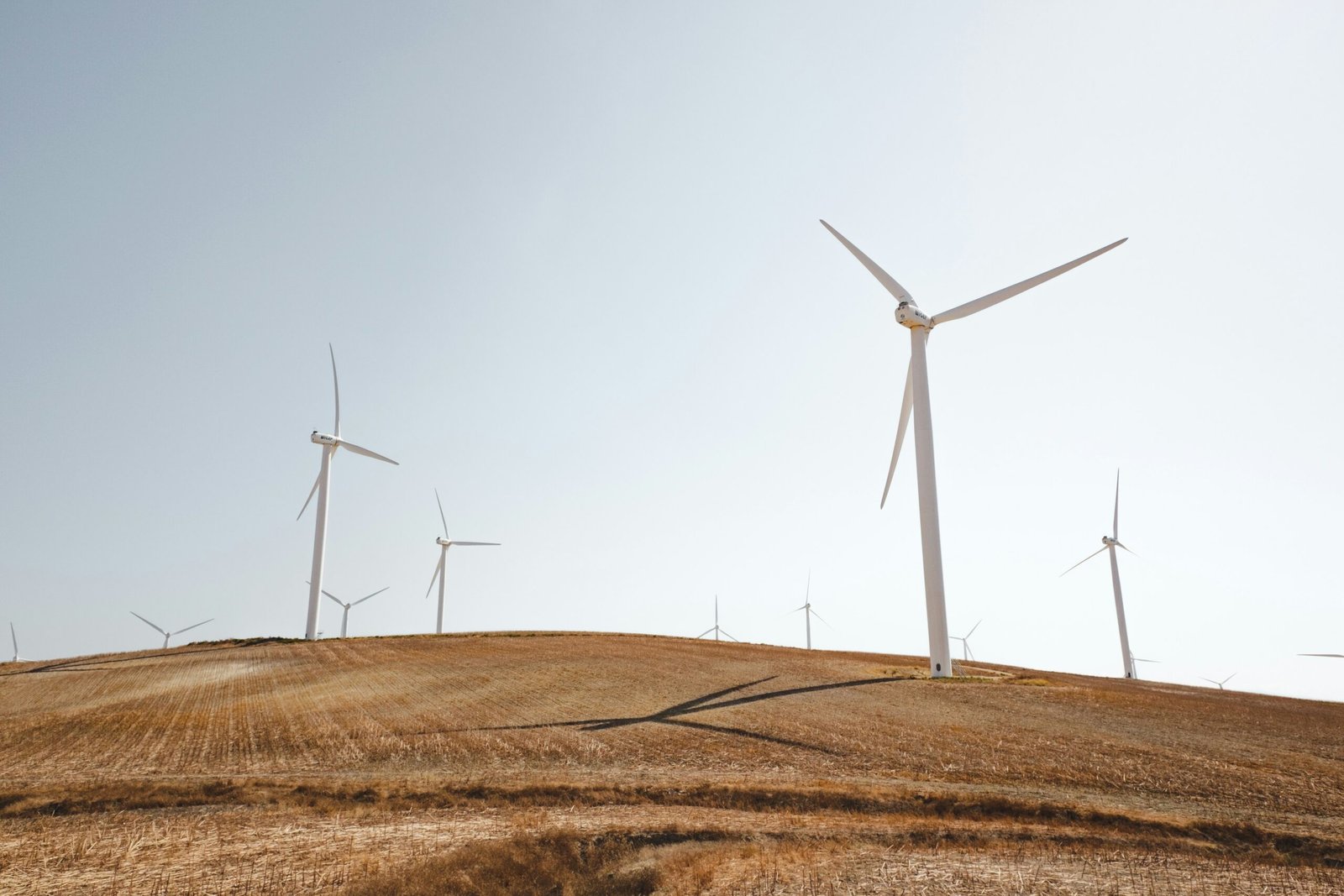As the world continues to grapple with the challenges of climate change and the depletion of natural resources, the need for sustainable and renewable energy sources has become increasingly urgent. Green energy, also known as renewable energy, offers a promising solution to these global issues. In this article, we will explore the concept of green energy and its significance in creating a sustainable future for generations to come.
What is Green Energy?
Green energy refers to energy that is generated from natural resources that are constantly replenished, such as sunlight, wind, water, and biomass. Unlike fossil fuels, which are finite and contribute to greenhouse gas emissions, green energy sources are clean, abundant, and have a minimal impact on the environment.
The Green Energy Diagram
To better understand how green energy works, let’s take a closer look at the green energy diagram:
The green energy diagram illustrates the various sources of renewable energy and how they are harnessed to generate electricity. It shows the interconnectedness of different energy sources and their contribution to a sustainable energy system.
1. Solar Energy
Solar energy is derived from the sun’s rays and can be converted into electricity using photovoltaic (PV) panels or concentrated solar power (CSP) systems. PV panels are made up of solar cells that absorb sunlight and convert it into direct current (DC) electricity, which is then converted into alternating current (AC) electricity for use in homes and businesses.
2. Wind Energy
Wind energy is harnessed by wind turbines that convert the kinetic energy of the wind into mechanical power. This power is then used to generate electricity. Wind farms, consisting of multiple wind turbines, are strategically located in areas with high wind speeds to maximize energy production.
3. Hydropower
Hydropower, also known as hydroelectric power, is generated by harnessing the energy of flowing or falling water. Dams are built to capture the energy of water and convert it into electricity. Hydropower is a reliable and renewable energy source that can provide a consistent supply of electricity.
4. Biomass Energy
Biomass energy is derived from organic matter, such as plants, agricultural waste, and wood pellets. It can be used to produce heat, electricity, and biofuels. Biomass power plants burn organic materials to generate steam, which drives turbines to produce electricity.
5. Geothermal Energy
Geothermal energy is generated from heat stored beneath the Earth’s surface. It is harnessed by drilling wells and extracting hot water or steam, which is then used to generate electricity. Geothermal power plants are typically located in areas with high geothermal activity, such as volcanic regions.
The Benefits of Green Energy
Green energy offers numerous benefits that make it an attractive alternative to traditional fossil fuels:
- Reduced greenhouse gas emissions: Green energy sources produce little to no greenhouse gas emissions, helping to mitigate climate change.
- Energy independence: By harnessing renewable energy sources, countries can reduce their dependence on imported fossil fuels.
- Job creation: The green energy sector has the potential to create millions of jobs in manufacturing, installation, and maintenance.
- Cost savings: As technology advances and economies of scale are achieved, the cost of green energy continues to decrease, making it more affordable for consumers.
- Improved air quality: Green energy sources do not release pollutants that contribute to air pollution and respiratory diseases.
A Sustainable Future
The green energy diagram serves as a visual representation of the interconnectedness and potential of renewable energy sources. By embracing green energy, we can reduce our carbon footprint, mitigate the effects of climate change, and create a sustainable future for generations to come.
It is crucial that we continue to invest in research, development, and implementation of green energy technologies. Governments, businesses, and individuals all have a role to play in transitioning to a green energy economy. Together, we can make a significant impact and pave the way for a cleaner and more sustainable world.



